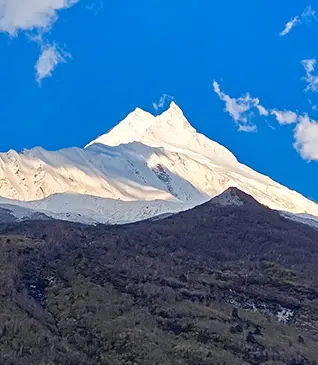Rupin Pass — A Gift to the Trekkers
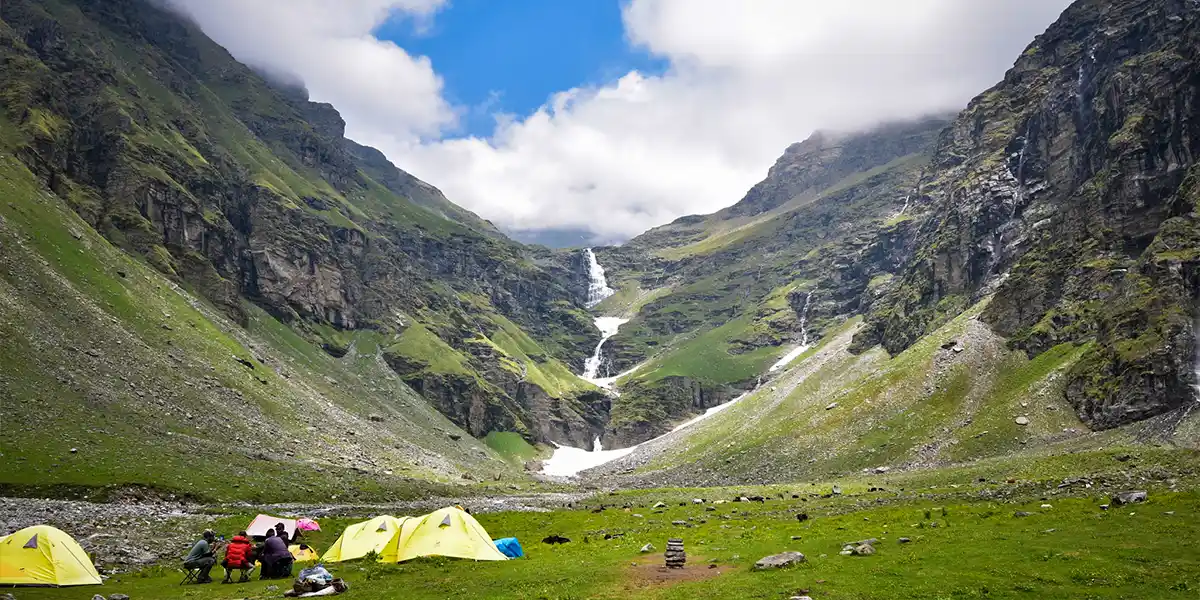
Prologue
Rupin pass had been on my bucketlist ever since I did the Kedarkantha Peak trek in January 2024. But, the plan kept getting delayed trying to match the schedule of my group. In fact, it got delayed so much that the thought of trekking had already become a distant memory.
Then one fine day, I saw a friend post breathtaking pictures of the Buran Ghati trek on Instagram, and suddenly, the mountains began calling to me all over again. This time, I decided I was going, no matter what. So, I did what any sane person would do: I booked the next available trek which was just 2 weeks away.
Once the booking was done, I asked all my friends if they wanted to join, though I already knew no one would be able to make it on such short notice. And so, it was decided — I would be joining the last batch of the summer season for the Rupin Pass trek, organized by Trek The Himalayas (TTH), from June 21st to 27th, 2025.
The Backpack
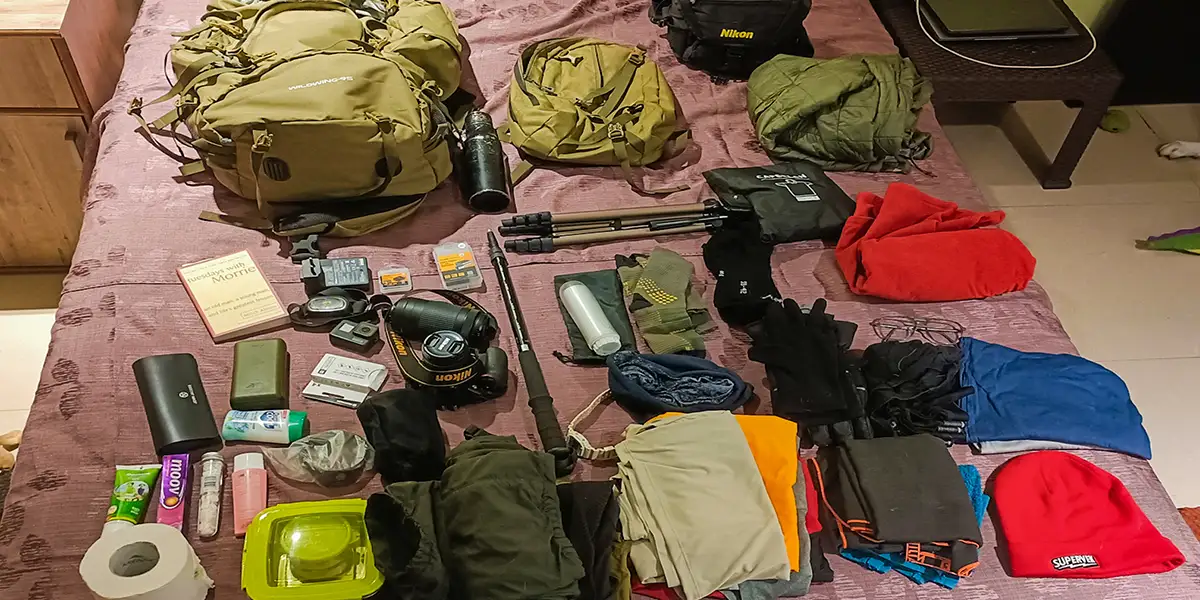
The most important thing was packing my backpack and deciding what to carry. Here’s what I took on the trip:
- 1 rucksack with detachable day pack
- 3 dry-fit T-shirts, 2 trekking pants, 3 cotton shirts
- 5 pairs of socks, 6 undergarments
- 1 pair of trekking shoes
- 1 thermal water bottle
- 1 fleece jacket, 1 down jacket
- 2 towels (1 big + 1 small)
- 1 pair of woollen gloves
- 1 cap, 1 beanie, 1 neck warmer
- 1 trekking pole
- 1 poncho
- 1 pair of sunglasses
- 1 headlamp
- Spare batteries + power bank
- Self-care kit (sunscreen, moisturizer, pain relief balm, Odomos)
- Essential medicines
- Camera equipment (Nikon D3400, GoPro 7)
- Tiffin box
Day 1: Shimla to Bawta
The traveller was waiting for us at 5:30 AM at the Old Shimla Bus Stand. That’s where I met the rest of the group. We were a team of 10 trekkers, out of which 3 were attempting a high-altitude trek for the first time.
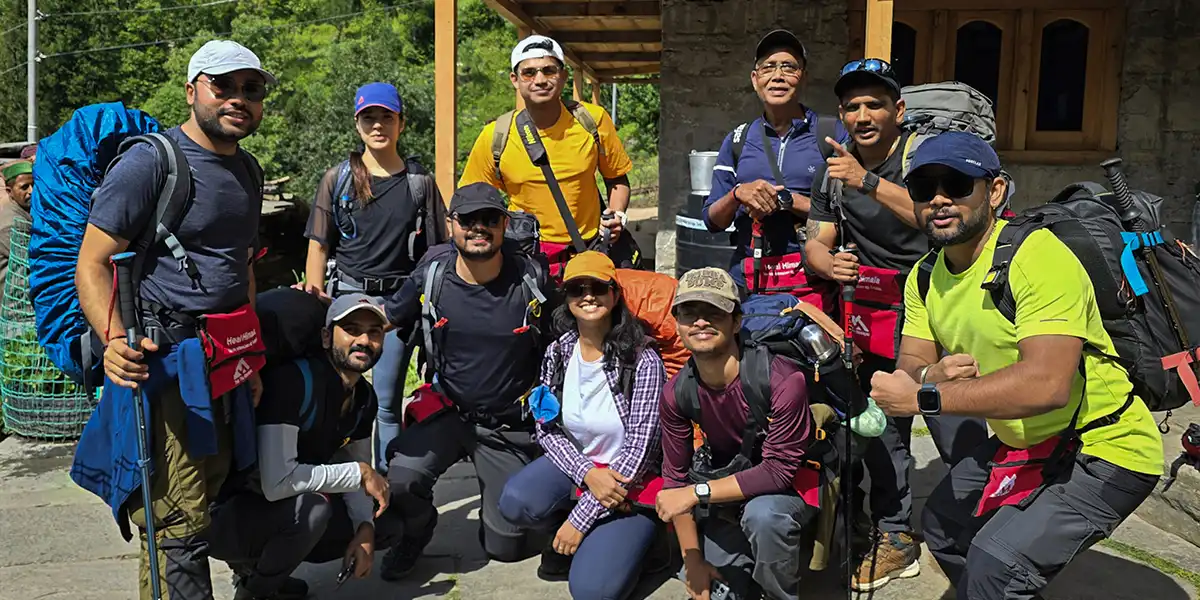
This was my first-ever solo trip, so I was especially grateful to have a good bunch of people along for the journey. Everyone had their own quirks and personalities, and all in all, ours turned out to be a lively and interactive group.
Our journey from Shimla began at 7 AM. We had two stops along the way — for breakfast at 9 AM and lunch around noon. There were a few stretches where the road was under repair, which slowed us down quite a bit. Eventually, just before 7 PM, we reached our base camp at Bawta.
Our accommodation in Bawta was a Tea House — a basic setup with a washroom, a mattress, a blanket, a pillow for sleeping, and a common room for meals. Once we settled in, we were introduced to our guides, Sanjeev and Rohit, and our trek leader, Pankaj.
That evening, we underwent our medical check-up(blood pressure and oxygen levels) and received a detailed briefing about what was expected of us and what we could expect from the mountains. After dinner, we all turned in early, excited and a little nervous about the adventure that lay ahead.

Before I fell asleep, memories of my previous trek with friends came rushing back. I felt a surge of apprehension about the journey ahead — seven days without any network, surrounded by completely new people. Would I be able to keep up with the trail, which was known to be quite challenging? That night, I really missed my dear ones.
But after a few moments of my mind wandering through doubts and emotions, I reminded myself why I had come on this trip — the call of the mountains. And with that thought, a calm determination settled in. I drifted off to sleep, carrying nothing but positivity for the days to come.
Fact Sheet:
- Bawta Elevation: ~2,350 m/ 7,700 ft
- Network: Airtel and BSNL
Menu:
- Dinner — Rice, Roti, Dal, Mix Vegetables, Gajar ka Halwa
Day 2: Bawta to Jakha
The first day of the actual trek!
We were introduced to the standard “7–8–9” schedule that would follow us through most of the days ahead: wake up at 7 AM, breakfast at 8 AM, and depart by 9 AM. This routine stayed fairly consistent throughout the trek, give or take 30 minutes — except on summit day, which I’ll get to later.
All ten of us, along with our three trek experts from Trek The Himalayas, were ready to roll by 8:55 AM. We began with a quick stretching session and learned some useful basics, like how to properly tie our laces for mountain trekking and the correct way to use a walking stick, often called a trekker’s third leg because of the support it offers on uneven terrain.
We were handed our daily refreshments. After a quick war cry to boost morale, we set off toward Jakha.
Surprisingly, it was a bright and sunny day, in contrast to the gloomy forecasts that had predicted rain all week. Our target for the day was Jakha village, about 5 kilometers away from Bawta, and expected to take 3 to 4 hours on foot.
About 15 minutes into the walk, we passed a small shop where we could buy last-minute essentials like toilet paper, water bottles, and batteries — anything we might have missed while packing.
Today’s trek was relatively straightforward. It began with a steady incline toward Jiskun (where the last-minute shop was), followed by a descent until we reached the Rupin River. After that came a steep 30-minute climb to a Maggi point, where we took a much-needed break. Another 30 minutes of steady uphill trekking later, we finally caught sight of our destination — the beautiful hanging village of Jakha.
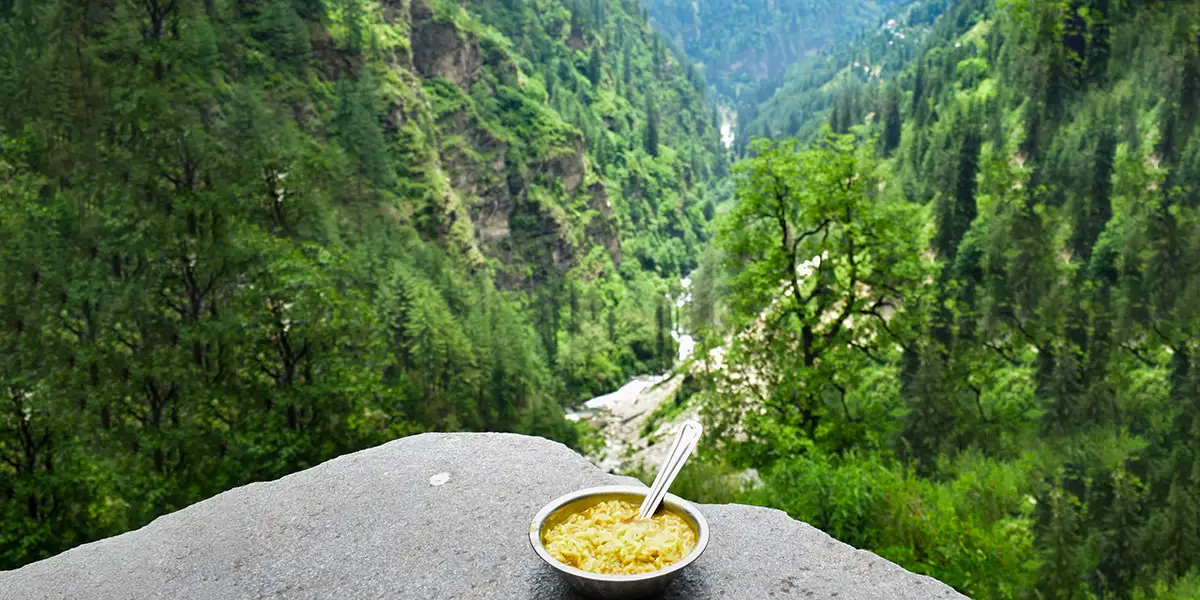

Jakha is aptly named; the way its houses protrude out from the hillside makes them appear as though they’re suspended in mid-air.
The Rupin River accompanied us throughout the day. While we couldn’t see it for large parts of the trail, we could always hear it. The constant sound of gushing water brought a kind of soothing, dormant energy that kept all of us going.
We reached Jakha around 1 PM and were served lunch shortly after doing some cooldown stretches. Our accommodation for the night was once again a Tea House, similar to the one in Bawta. The afternoon was relaxed — we spent it reading and bonding with the group. Post-lunch, it began to rain, it just added to the beauty of the valley in front of us.
Snacks were served at 3:30 PM, after which we went on a short walk around the village. Upon returning, we were treated to warm soup. Then came our daily SpO2 check, a routine we would follow every evening to monitor oxygen levels and watch for any signs of Acute Mountain Sickness (AMS).
Our trek leader, Pankaj, led a few team bonding games. One of those games still haunts me — not because it was difficult, but because the solution was ridiculously simple and none of us could crack it… except Jessica, who was from Colombia. A serious dent in the Indian education system, if you ask me.
Dinner was served at 8 PM, followed by a briefing for the next day. After bidding goodnight to the TTH team, we headed back to our rooms. This was the last night we’d have mobile connectivity and electricity.
The sky was crystal clear, and I finally got a chance to try my hand at astrophotography. I’d bought a new wide-angle lens just for this purpose, though I had low hopes thanks to the gloomy forecast. But the mountains, as always, had other plans — and I was grateful for it.

By midnight, everyone had retired to their beds.
Fact Sheet:
- Jakha Elevation: ~2,750 m/ 9,000 ft
- Network: Airtel and BSNL
Menu:
- Breakfast — Bread & Butter, Veg Sandwich, Scrambled Eggs
- Lunch — Soya Pulao, Veg Kabab, Raita, Papad, Sewain
- Snacks — Tea and Onion Bhajji
- Soup — Tomato Soup
- Dinner — Rice, Roti, Dal, Mix Vegetables, Gajar ka Halwa
Day 3: Jakha to Saruwas Thatch
The last few moments with a roof over our heads.
We followed our usual 7–8–9 routine. But just after waking up, one of the trekkers gathered all of us and shared that he was feeling anxious about the journey ahead and was pondering whether he should continue the journey or return to the base camp.
It’s worth noting that Rupin Pass is rated as a moderately difficult trek, with a genuine risk of AMS (Acute Mountain Sickness) at higher altitudes. I have nothing but admiration and respect for this trekker because it takes real courage to speak openly about your vulnerabilities, especially to a group of strangers you’ve only just met.
The truth is, many of us were carrying some level of anxiety about whether we’d be able to complete the trek. But when one person voiced it, it created space for others to be honest too — and that made all the difference.
Pankaj joined the conversation and gently encouraged him to try completing the day’s trek and then decide whether to continue further. That moment turned out to be a turning point for the group. Later in the trek, when someone felt a headache or experienced shortness of breath — possible symptoms of AMS — instead of hiding it and suffering alone, we began to talk about it openly. I don’t know the exact science, but there’s something incredibly comforting about knowing you’re not alone. And somehow, that shared understanding helped all of us cope a little better.
We left our tea house at 9 AM. It was a relatively easy-going day for the group, marked by frequent breaks and a slower pace overall. Before that, we all called home and informed them that hopefully they'll hear our voice again after 4 days.
The trail for the day was about 6 km. We began with a steady incline that eventually led us into a forest section. After navigating through the shaded path, we descended sharply back down to the Rupin River, which we crossed via a wooden bridge.
From there, the trail followed the river closely, offering a long and peaceful walk alongside the flowing water. A few steep patches along the way reminded us we were still gaining altitude, but nothing too strenuous. By 2:30 PM, we made our way to the Saruwas Thatch campsite.
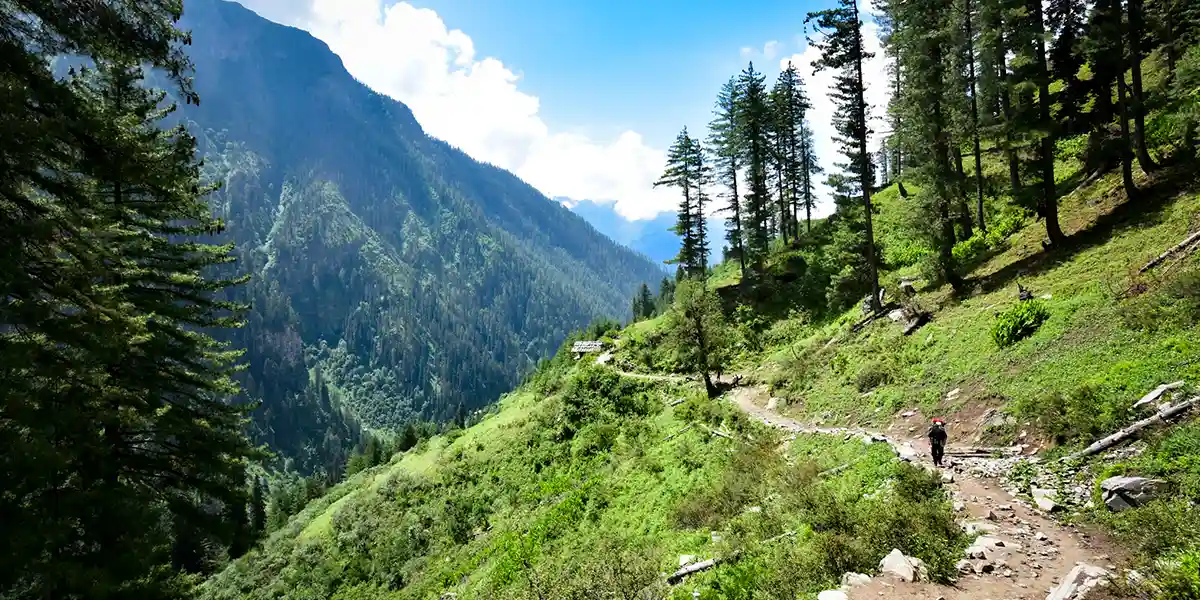
The views, as always, were spectacular. There were moments when you’d turn a corner and be caught off guard by a sudden burst of scenery — the kind that stops you in your tracks. The river crossing especially stood out as one of those highlight moments.
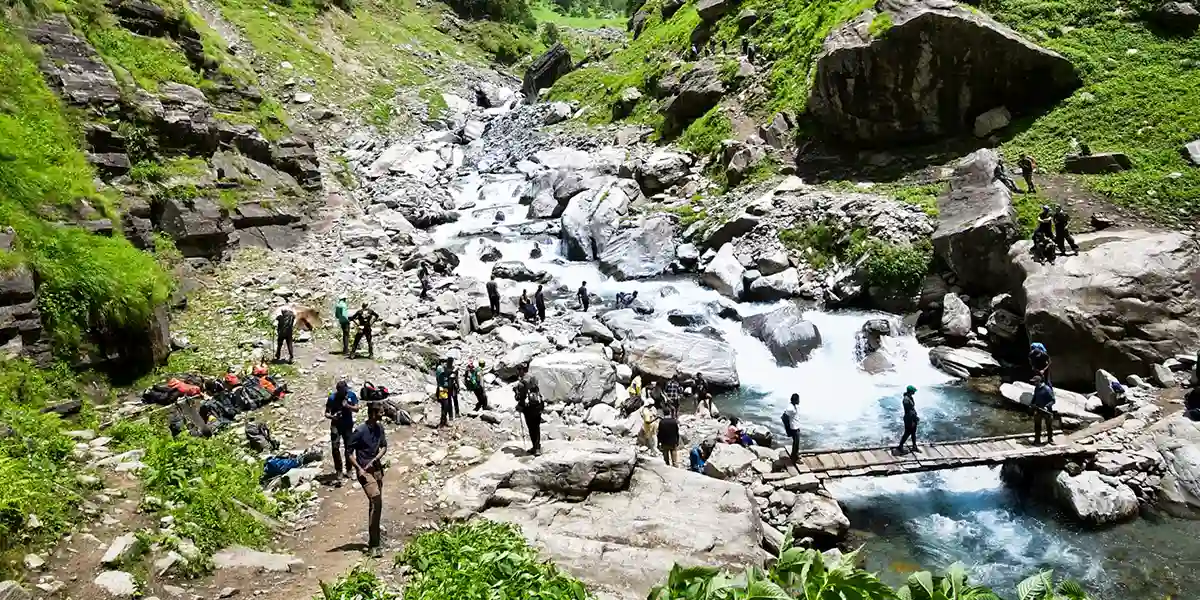
Saruwas Thatch is a beautiful campsite, nestled between a towering rock face and the calm, stony banks of the Rupin River. As we reached the site, we were greeted with our welcome drink — Rasna — followed by some cooldown stretches and then a well-earned lunch.
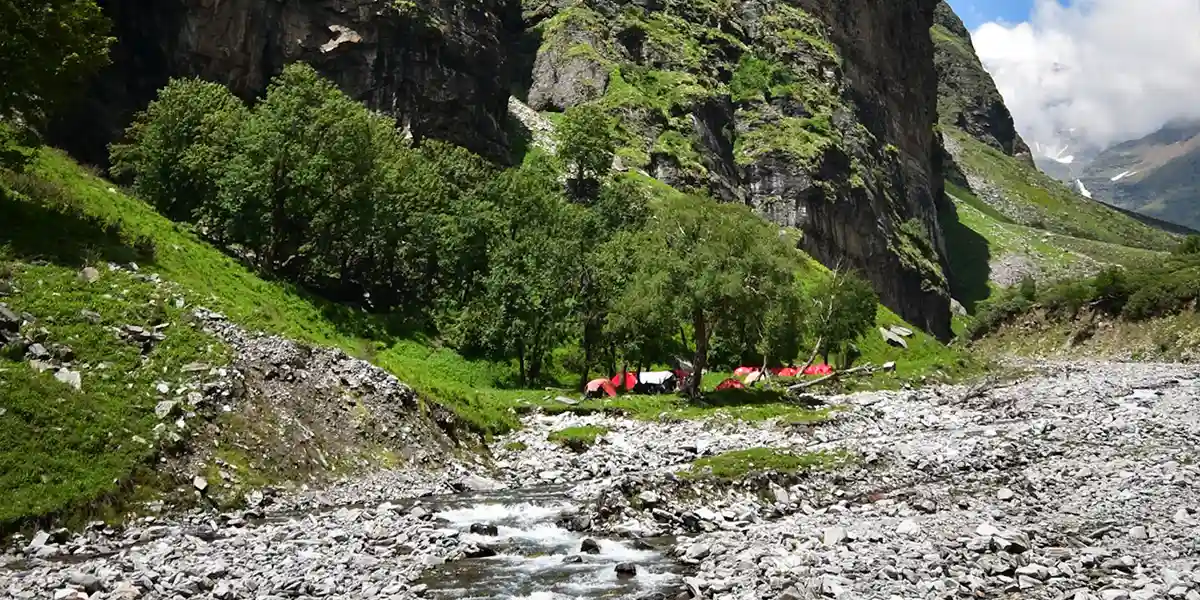
In the evening, we went on an acclimatization walk, which was followed by hot soup and dinner. During the meal, we were also briefed on tent etiquette and how to properly use a sleeping bag — important lessons for first-time campers.
By 9 PM, the campsite was pitch dark, and we all retreated to our tents. Sometime during the night, it began to rain. Many campers found it difficult to get a good night’s sleep — between the rhythmic pitter-patter on the tent and the unfamiliarity of sleeping bags. But then again, that’s all part and parcel of life in the mountains.
Fact Sheet:
- Saruwas Thatch Elevation: ~3,250 m/ 10,770 ft
- Network: Airtel and BSNL signals are available for 30 minutes from Jakha. None after 30 minutes
Menu:
- Breakfast — Idli, Sambar, Macaroni
- Lunch — Kadhi Chawal, Pickle, Papad, Salad
- Snacks 1 — Pani puri
- Snacks 2 — Bread Pakoda and Coffee
- Dinner — Rice, Roti, Dal, Vegetable Kofta, Fruit Custard
Day 4: Saruwas Thatch to Dhandreyansh Thatch
We started again at 9 AM. Our pace had been a bit slow the previous day, so Pankaj encouraged us to maintain a better rhythm today. It was meant to be a relatively easy hike — just 4 km — with steady inclines throughout.
Barely five minutes into the walk, we encountered our first snow bridge crossing over the river. Sanjeev and Rohit carefully marked a safe path across, and we made our way over.
What followed was a rolling up-and-down section that eventually led to another river crossing — this time on foot. The water was freezing cold, and we were all focused on just getting across as quickly as possible.
After the crossing, we navigated a glacier that opened up into a vast meadow overlooking the valley we had just climbed out of. We took a well-deserved break here, soaking in the views and snapping a few photos.
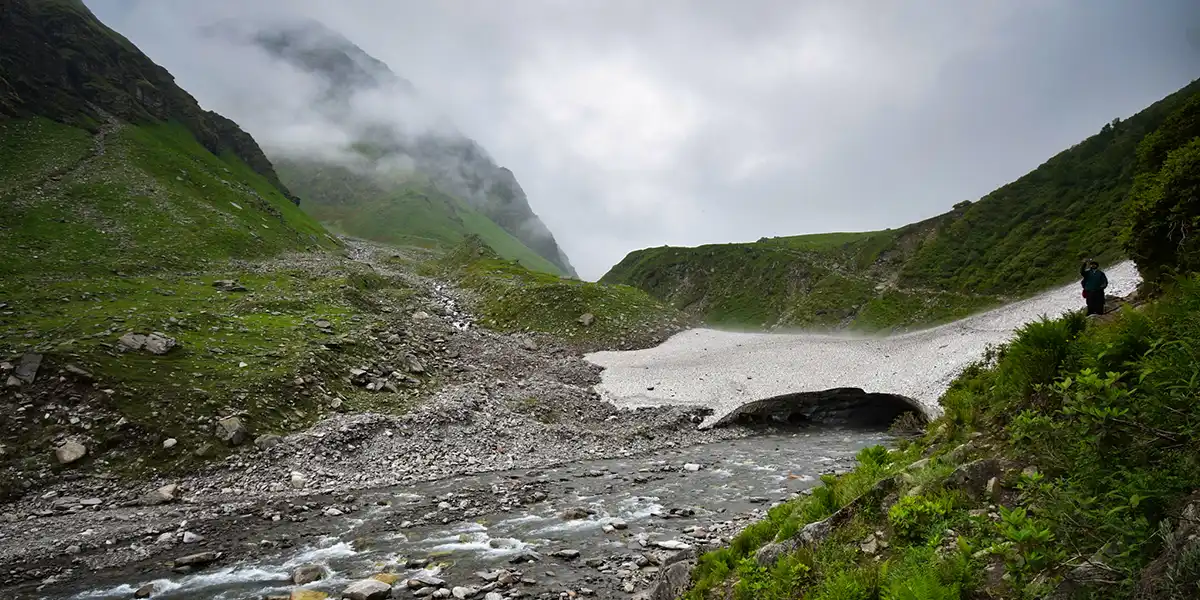
As we continued up the meadow, something magical began to unfold — the majestic waterfall. With every step, a little more of it came into view. Layer by layer, it revealed itself until we could finally see it in all its glory. It was, without a doubt, the highlight of the day.
We reached the Dhandreyansh Thatch campsite at 1 PM. As usual, we were welcomed with Rasna, followed by cooldown stretches — this time led by Jessica, who happened to be a certified yoga teacher. I swear the cooldown took more effort than the entire day’s trek! After that, we had lunch with an incredible view of the waterfall in front of us.
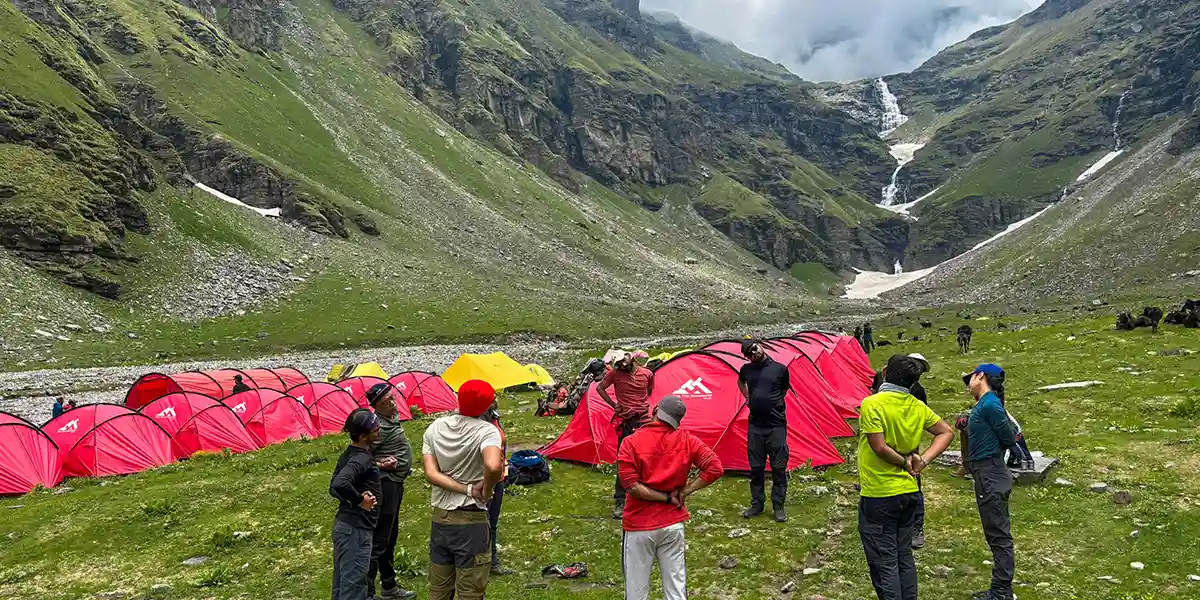
We followed our regular post-lunch routine: an acclimatization walk, then hot soup, and a briefing for the next day — one of the more challenging stretches of the trek due to the steep incline and risk of loose rocks.
Our SpO₂ levels were checked, dinner was served, and by 9 PM, a light drizzle had begun. Everyone retreated into their tents to rest. This night, people slept much better — our bodies were finally beginning to adapt to the altitude.
Fact Sheet:
- Dhandreyansh Thatch elevation: 3,550m / 11,700ft
- Network: None
Menu:
- Breakfast — Aloo Paratha & Butter, Poha, Cornflakes
- Lunch — Rice, Roti, Rasam, Jeera Aloo, Pickle
- Snacks — Tea and Aloo Bonda
- Soup — Veg Soup and Dumplings
- Dinner — Rice, Roti, Dal, Peas Mushroom sabzi, Jalebi
Day 5: Dhandreyansh Thatch to Upper Waterfall
This was one of the more challenging days of our trek. We had to climb up three cascading waterfalls, cross snow bridges, watch out for loose rocks, and — just to make things more interesting — battle the rain.
On paper, this was supposed to be a short 2.5 km trek, but reality hits differently when you’re standing at the base of a massive waterfall, staring at the steep route that cuts right through it.
We followed our usual 7–8–9 routine and set out from the camp at 9 AM after the customary group photo and war cry.
As the rain picked up, our trek guides urged us to reach the top quickly to minimize exposure and avoid exhaustion. So, we pushed hard and made it to the next campsite in just 2 hours and 30 minutes (the usual time is closer to 4 hours). We quickly ditched our drenched ponchos and headed to our tents to dry off and freshen up.
We later learned that this was the heaviest rainfall of the season — and that the monsoon had arrived a week earlier than expected. Ours was one of the final batches attempting the Rupin Pass before it closed for the season.
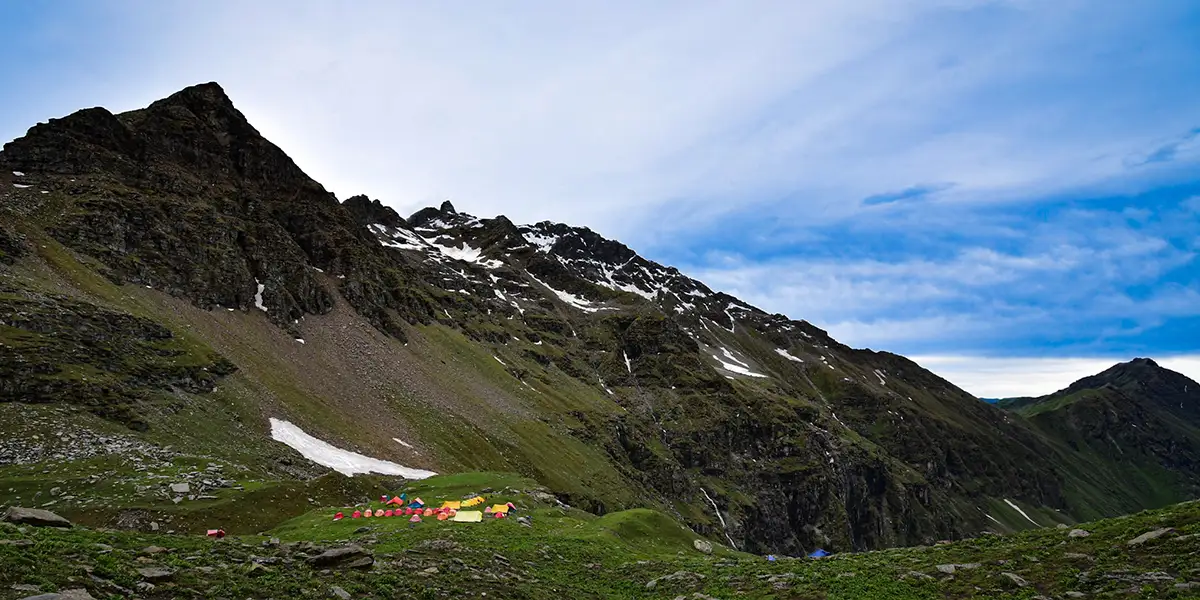
Lunch was served at 1 PM. Staying awake afterward was a challenge, thanks to the tough ascent and the cold rain. But napping was discouraged — it can lower oxygen levels and disrupt sleep before summit day. So, to keep ourselves busy, we played antakshari and other small games as a group.
Snacks arrived at 4 PM, followed by our acclimatization walk. Later, as the skies cleared, we visited the upper waterfall to enjoy the views and took some photos. On our way back, we saw a huge flock of sheep accompanied by their shepherd dogs entering the campsite — it looked like something straight out of a fantasy novel.
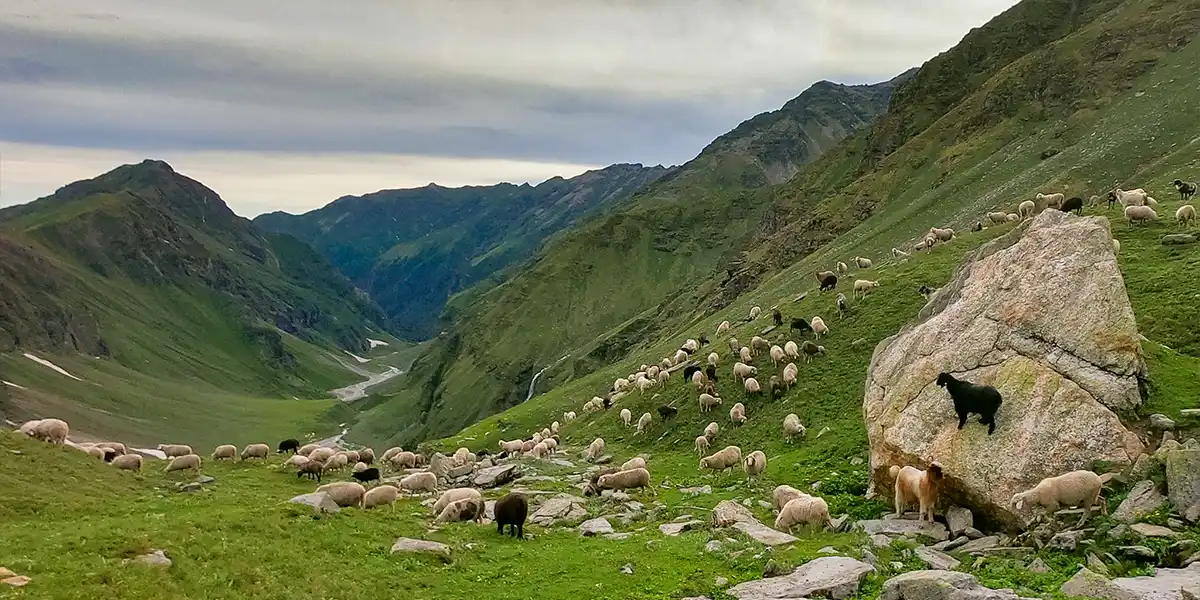
Dinner was served at 6PM. We had our SpO2 levels checked and then attended the briefing for what was to be the biggest and longest day of the trek — summit day.
After dinner, we headed back to our tents. I stayed up, waiting for nightfall; the sky had cleared, and I was eager to capture the stars. As I was setting up my camera, Pankaj saw me and mentioned that if the sky stayed clear at 1 AM, we might even catch the Milky Way above the mountains.
I set an alarm for 1 AM and drifted off to sleep, hoping the sky would stay clear when I woke up in three hours.
Fact Sheet:
- Upper Waterfall Elevation: 4,050 m / 13,300 ft
- Network: None
Menu:
- Breakfast — Macaroni, Paratha, Aloo Sabzi, Upma
- Lunch — Rajma Rice, Pickle, Salad, Potato Beans sabzi
- Snacks — Tea and Samosa
- Soup — Popcorn and Vegetable Soup
- Dinner — Rice, Roti, Dal, Cauliflower Potato Peas sabzi, Gulab jamun
Day 6: Summit Day — Upper Waterfall to Ronti Gad via Rupin Pass
The day we were all waiting for.
My alarm went off at 1:00 AM. I tried to steal a few more minutes of sleep, but curiosity got the better of me. I stepped out of the tent to check if it was really worth waking up so early — and lo and behold, the sky was crystal clear, stars scattered all across the horizon.
I quickly set up my camera and got to work. I had just 30 minutes before we had to gear up for the summit push. Our reporting time was 2:30 AM — packed, dressed, and ready to move.
.webp)
.webp)
“Breakfast” — if we can even call it that — was served right at 2:30 AM. By 3 am, we were ready to move. One last war cry and with our headlamps mounted on our helmets, off we went, into the unknown darkness.
The first section was a steep 2 km climb, which we tackled in the darkness, guided only by our headlamps. By then, the stars had vanished behind gathering clouds, and it was clear — we were going to face rain sooner or later.
That was followed by a more gradual mix of inclines and declines across a boulder-laden path for the next 2 km. As we moved through this section, the first light of dawn began to appear, and thankfully, the dark clouds started to thin out.
Around 6 AM, we reached the base of the summit. Looming ahead was the intimidating Rupin Gully — a relentless 45-minute ascent over loose rock. It’s the most notorious section of the entire trek, and standing at its base, we could see exactly why.
We began the climb up the gully at 6:15 AM. Our trek leader mentioned that the fastest any of his teams had ever summited was by 6:30 — but hitting that mark felt like a long shot for us. We pushed on steadily, carefully navigating the loose rocks and keeping an eye on one another. Step by step, breath by breath, we made our way up. At exactly 6:45 AM, our entire team stood at the summit. Tired, yes — but triumphant.
The feeling of reaching the summit on a high-altitude trek is almost impossible to put into words — but I’ll try anyway.
It’s not just the culmination of the physical struggle over the last four days. It’s the release of everything you’ve been carrying — on the trail and in life. In that one moment, it all hits you at once. Some can’t hold back a laugh. Some can’t stop a tear. Others let out a loud cheer. We all express it differently — but there’s one thing that unites us: for that brief moment, we’re entirely present. Just us, the silence, and the mountains. If that feeling could be bottled, it would be one of the most priceless things on earth. But perhaps it’s better that it can’t be because that’s exactly what keeps us trekkers coming back — for that quiet enchantment that only mountains can offer.
.webp)
We spent a good 45 minutes on the summit. It was a picturesque summit with Kinnaur Kailash range visible on one side, with a river flowing across one of the valleys which was going to be our path for the descent. And on the other side were the mountains which we traversed through for the last 4 days. A perfect analogy of how far we've come and how far we still have to go.
.webp)
Around 7:30 AM, we began our descent from the other side of the pass. We had a long 9–10 km trail ahead of us to reach our next campsite at Ronti Gad. Most of us were feeling the effects of high altitude — whether it was a mild headache, general exhaustion, or a sharp pain in the knees from the steep climb and descent. So, we took short breaks along the way to let our bodies recover.
The descent itself was stunning, with a landscape completely different from the trail on the other side of the pass. It began with a short slide down a snow patch and then opened into a vast expanse of green meadows, surrounded by towering mountains on all sides. These meadows served as grazing lands for farm animals, and the flora was noticeably different here — more colorful flowers lined our path, as if guiding us forward.
.webp)
Around 11 AM, we had an early lunch. One of the TTH staff members had brought it out to us, since the campsite was still a couple of hours away. We paused at a particularly scenic spot and dug into the warm veg pulao they had packed for us.
.webp)
Post-lunch, it took us around 90 minutes to reach our final campsite at Ronti Gad. The day had been long and exhausting, and with the reduced risk of AMS now that we were descending, many of us were tempted to just rest.
.webp)
But we also realized something important — this was probably the last time the entire group would be together. So, despite the fatigue, we found a quiet spot, sat down, and just talked. No agenda, no rush — just sharing stories, laughs, and silence with people who had shared the same path over the last few days.
At 5 PM, we had a debrief session where everyone spoke about their experience on the trek and expressed their gratitude to TTH and the incredible staff who made it all possible. One of the highlights of the session was when Pankaj, our trek leader, asked us to close our eyes. He walked us through each day of the trek, narrating the journey, asking us to visualize every moment. It was simple but incredibly immersive.
.webp)
We had dinner after the debrief and lingered a little longer, savouring the company and the setting, before finally calling time on our summit day.
Fact Sheet:
- Rupin Pass Elevation: 4,700 m / 15,350 ft
- Ronti Gad Elevation: 2,350 m/ 7,700 ft
- Mobile Network: None
Menu:
- Breakfast — Maggi, Daliya, Chana
- Lunch — Veg Pulao and Tea
- Snacks — French Fries
- Soup — Veg Soup and fried Soya Chunks
- Dinner — Rice, Roti, Dal, Paneer gravy, Phirni
Day 7: Ronti Gad to Sangla and drive back to Shimla
There had been a discussion the previous evening. We were given two options for the final leg of the trek: either hike 2 km from Ronti Gad and then take a vehicle the rest of the way to Sangla, or complete the full 11 km descent on foot. The group was pretty divided on this. Four of us — Aijaz, Hardik, Jessica, and I — were keen on walking the entire way and finishing the trail on foot. The rest preferred taking the vehicle so we could reach Sangla earlier and start our journey back to Shimla sooner. Unfortunately, after the summit push, Hardik injured his knee and had to switch to the vehicle option. That tipped the balance — 7 in favour of the vehicle, and just 3 of us were still committed to walking the full distance.
We woke up at 5:30 AM, had an early breakfast at 6:30, and by 6:50 AM, the three of us — Aijaz, Jessica, and I — were off with Rohit, our designated guide for the final leg.
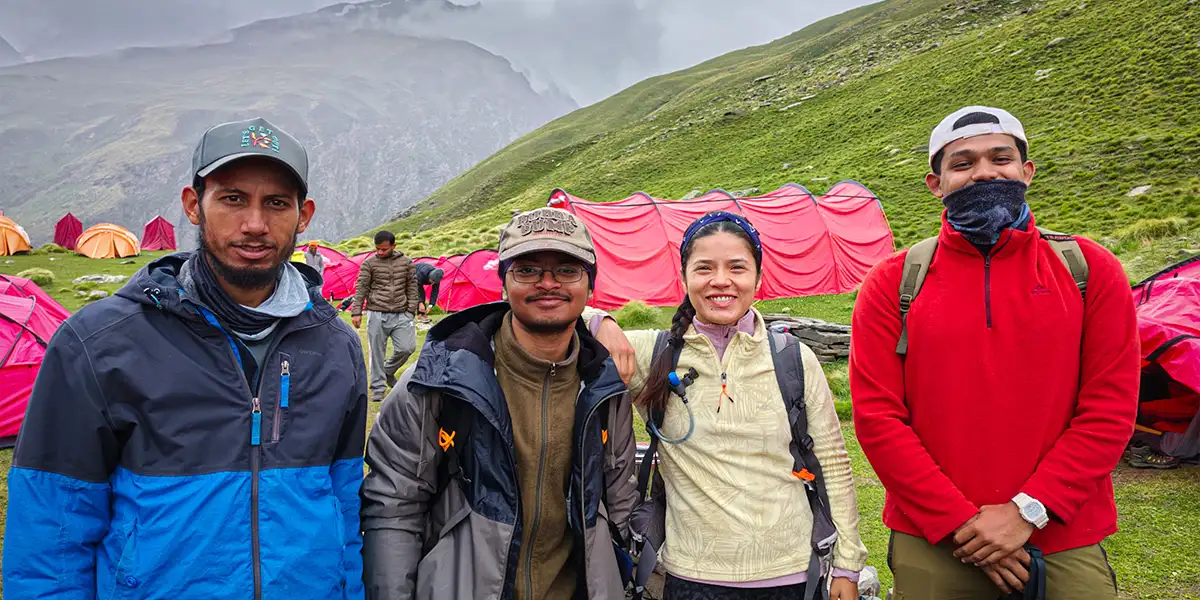
We had one simple goal: reach Sangla before the rest of the group did in the car. With our small, nimble group, I was pretty confident we could pull it off. About 30 minutes into the hike, we got mobile connectivity for the first time in days. I called home and let my family know I’d be back in a few days.
The trail led us through civilization — something we hadn’t seen in the past four days. And then, the one thing we had dreaded finally happened: the skies opened up, and the rain came pouring down. But we weren’t about to let a little rain slow us down. We pressed on, cutting through the mountain trail.
About an hour and a half into the trek, Rohit pointed to a town in the distance. “That’s Sangla,” he said. We were stunned — we’d assumed we were only halfway, but we were just 30 minutes away from our destination!
At 9:30 AM, we reached Sangla. The rest of the group arrived 30 minutes later. By 11 AM, we bid farewell to Pankaj, our trek leader. Rohit and Sanjeev would accompany us on the return to Shimla.
The bus journey back was surprisingly lively — everyone had the kind of energy you’d expect at the start of a trip, not the end. We made a stop for lunch (though it came a bit too late for our liking).
We reached Shimla around 7 PM, hung out a bit, and called it a night after a nice dinner, bringing our unforgettable Rupin Pass trek to a close.
Fact Sheet:
- Network: Airtel, Jio, and BSNL after a 30-minute hike from Ronti Gad
Menu:
- Breakfast: Poori Sabzi, Sooji Halwa, Tea
Looking Ahead
It’s been a week since I returned from the trek, and I’m finally sitting down to pen my experience. Although I’ve left the mountains, the mountains haven’t quite left me. Even now, much of my day is spent researching the next trail, figuring out what I can improve for an even better experience, and getting lost in countless memories. Falling back into my usual work routine has taken much longer than I expected.
The memories of Rupin Pass — the vast valley, the rush of the river, the cascading waterfall, the rain-soaked trails, the cozy tents, the people I met, the conversations we shared, and the laughter that echoed in the mountains — are all still vivid in my mind. Perhaps this is why we go out of our comfort zones and into the high altitudes: not just to witness nature, but to feel alive within it.
As I close this chapter, I’ve come to realize that Rupin Pass truly is the gift that keeps on giving — etched in memory, stirring the soul, and quietly inspiring the next journey.
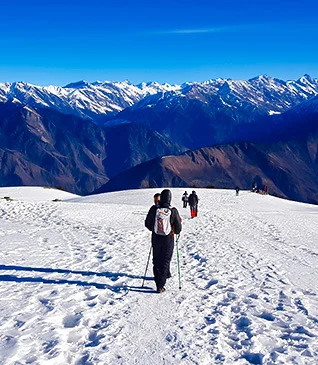
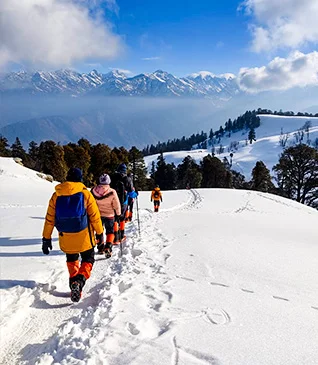
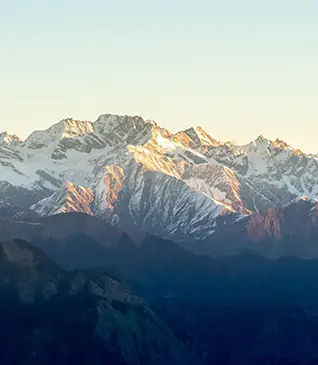
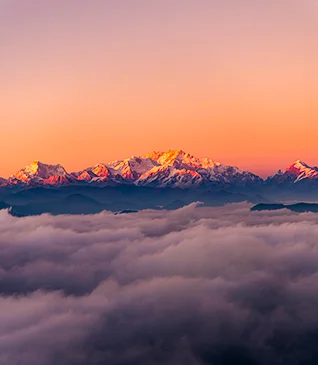
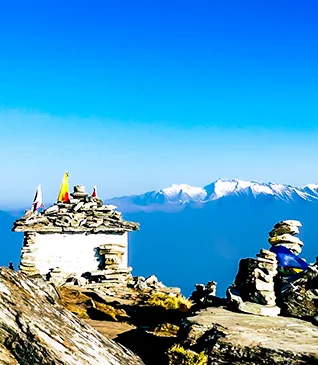
.webp)
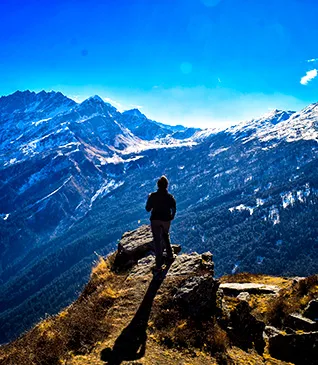
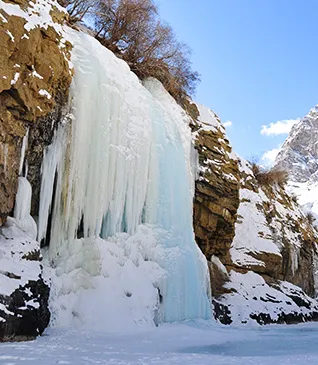
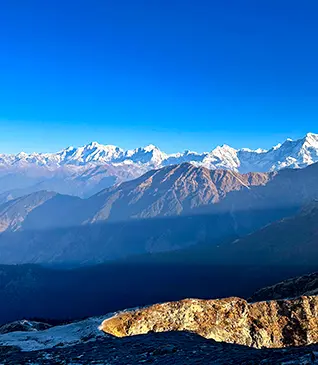
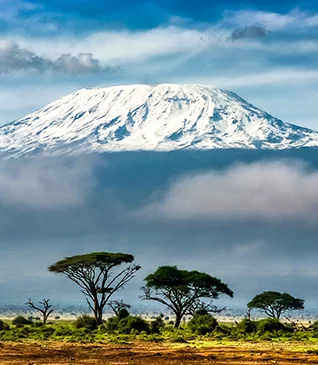
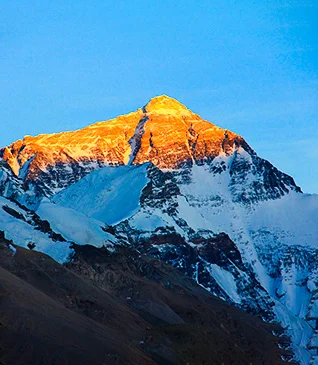
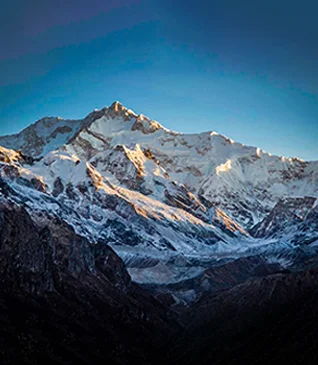
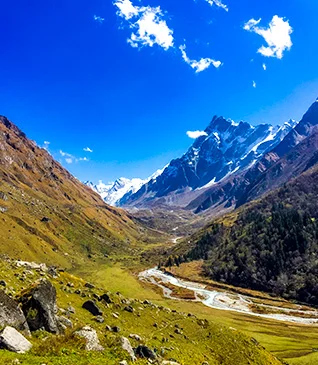
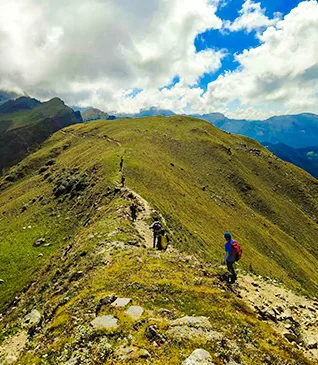
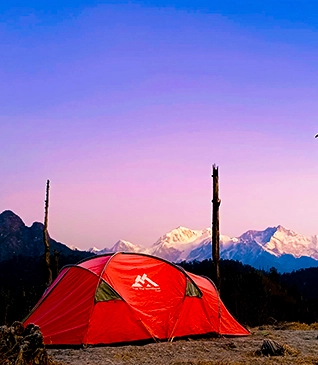
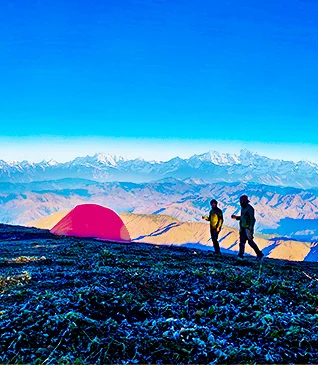
.webp)
